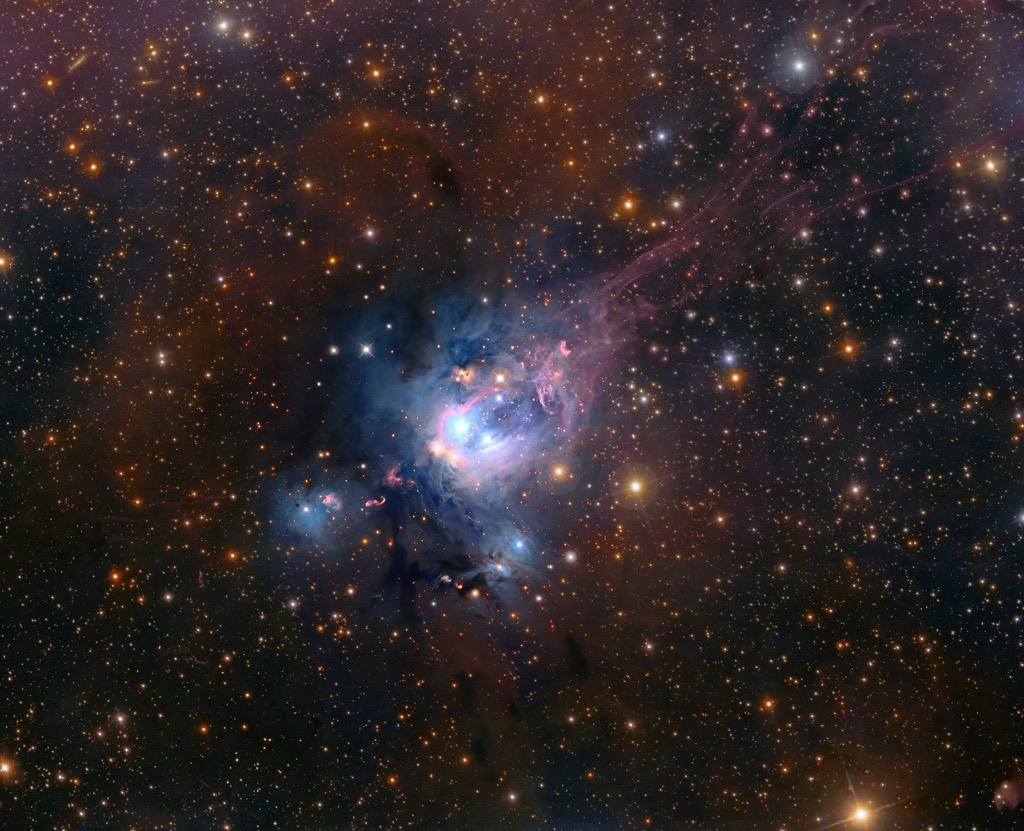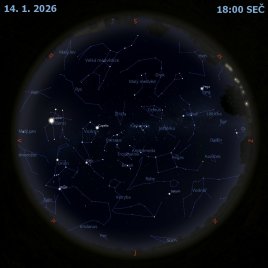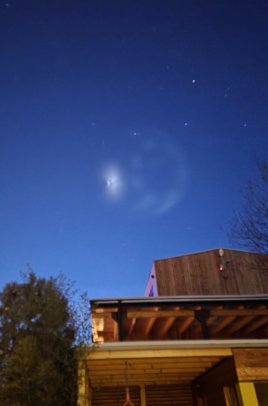Mladá slunce v NGC 7129

Uznání a
copyright:
Robert Gendler,
Roberto Colombari,
Eric Recurt,
Adam Block -
Additional Data:
Subaru (NAOJ)
Uvnitř prašné NGC 7129, asi 3000 světelných let daleko v královském souhvězdí Kefeus (Cepheus), jsou stále mladá slunce. Zatímco tyto hvězdy jsou poměrně mladistvého věku, pouhých pár miliónů let, tak je velice pravděpodobné, že naše vlastní Slunce vzniklo v podobné hvězdné porodnici asi před pěti miliardami let. Na ostrém snímku stojí nejvíc za pozornost nádherná modravá prachová mračna, která odrážejí světlo mladistvých hvězd. Ale kompaktní, temně červené srpkovité útvary také znamenají energetické mladé stelární objekty. Jsou známy jako Herbig-Harovy objekty a jejich tvar a barva je charakteristická zářícím vodíkem, který byl stlačen rázem z výtrysků proudících pryč z nově zrozených hvězd. Bledší rozsáhlejší vlákna červené emise se propojují s modravými mračny, která vznikají z prachových zrn efektivně konvertujících ultrafialové světlo na viditelné červené světlo fotoluminiscencí. Zárodečný plyn a prach v této oblasti se nakonec rozptýlí a jak budou volně vázané kupy obíhat kolem středu Mléčné dráhy, tak se hvězdy rozptýlí. Při zpracování tohoto pozoruhodného kompozitního obrazu se ukázala slabá vlákna červené emise vpravo nahoře. Nedávno byly rozpoznány jako pravděpodobné pozůstatky supernov a nyní je analyzuje Bo Reipurth (Havajská univerzita), který získal obrazová data z dalekohledu Subaru. Pohled v odhadované vzdálenosti NGC 7129 zabírá přes 40 světelných let.
NASA Official: Phillip Newman Specific rights apply. NASA Web Privacy Policy and Important Notices
A service of: ASD at NASA / GSFC & Michigan Tech. U.
Odkaz na originální APOD


